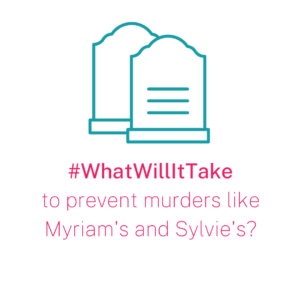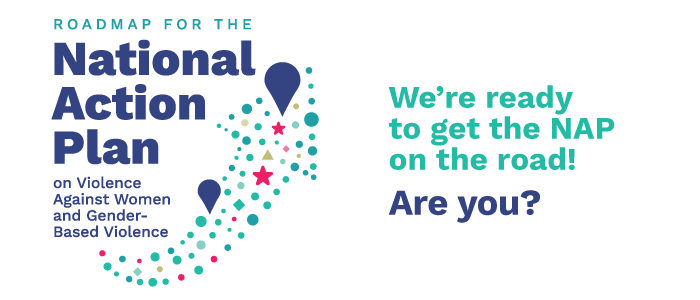 Myriam and Sylvie
Myriam and Sylvie
Content Warning: domestic violence, violence against women, gender-based violence
In March 2021, Myriam Dallaire’s ex-partner brutally killed her with an axe, then killed her mother, Sylvie Bisson.*
Described as loving and vivacious, Myriam, a 28-year-old early childhood educator, leaves behind a 1-year-old son. Sylvie was looking forward to a peaceful retirement with her husband.
When Myriam left her partner not long before her murder, she took refuge at her parents’ house. We can’t be sure whether Myriam sought outside support or what kind.
Myriam was unaware of her ex-partner’s past violence. It turns out his ex-wife filed a complaint against him in 2016 and feels she was not taken seriously. He wound up being sentenced to community service. It is unclear why his dangerousness was minimized by the court, despite evidence of a violent past. Now, his ex-partner is haunted by the thought that had the system taken her seriously, Myriam and Sylvie might still be alive.
#WhatWillItTake to prevent murders like Myriam’s and Sylvie’s?
More responsive legal and justice systems—like what our recommendations propose—would have treated the perpetrator’s ex-partner with more respect and rendered more appropriate sentencing. This pillar is about ensuring inclusive, responsive, and equitable experiences of justice are the same for every survivor of GBV no matter who or where they are.
Recommendation 13L will create Survivor Advocates with specialized training to advance survivor interests through legal systems. They will provide a continuum of legal support services in rural and remote communities where they may be lacking.
Were there adequate services for Myriam in the small town of Sainte-Sophie, Quebec? Especially during the pandemic, when shelters and community-based support services are struggling to meet increased demand?
Better support for survivors and their families—like what our recommendations propose—might have helped Myriam. This pillar is about inclusive, consistent wrap-around supports for survivors.
Recommendation 2S is about giving every GBV survivor equal access – anywhere, at any time – to clear, integrated, and coordinated services, particularly in under-resourced communities.
Recommendation 14L is about providing a continuum of services including secure transition housing and second stage housing in rural and remote communities.
What will it take to achieve a Canada free of gender-based violence?
A bold, ambitious, intersectional National Action Plan (NAP).

